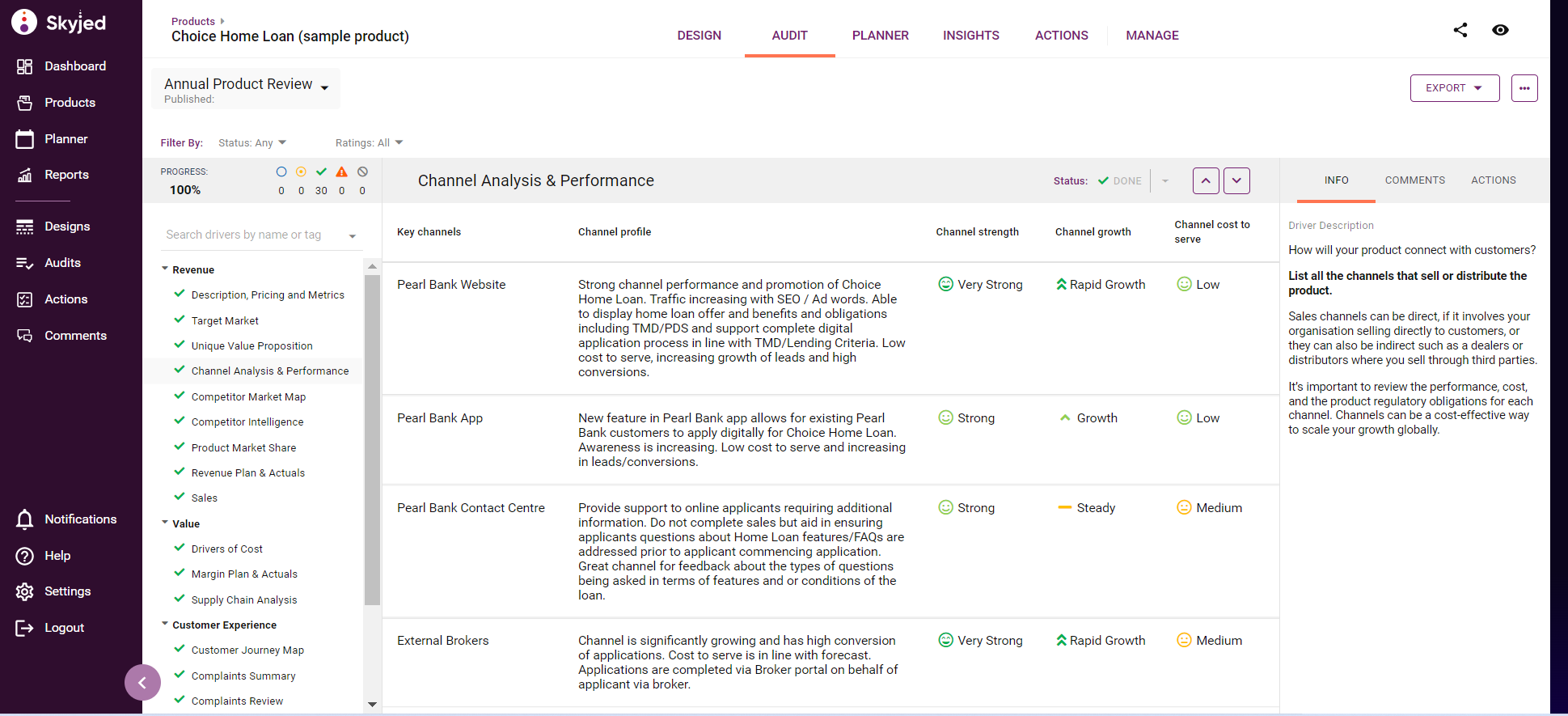Balancing Agile and Traditional: Navigating the Product Manager's Lifecycle Dilemma
by Leica Ison

The Dilemma Facing Product Managers in Managing the Post-Release Assessment and Management of Products. As product managers, we are tasked with the daunting responsibility of bringing innovative and impactful products to market. In today's fast-paced and ever-evolving business landscape, we have embraced agile methodologies and cutting-edge tools to streamline our product development and road-mapping process. Yet, as we strive for efficiency and agility, we find ourselves grappling with a paradoxical dilemma. Despite our modern approach to product development, we still rely on a product lifecycle management framework developed over half a century ago.
This may seem crazy, but the truth is that our company's revenue and profit are primarily dependent on the successful launch and ongoing management of our products.
The stakes are high, as any misstep in monitoring and assessing the product's lifecycle can result in significant regulatory and reputational risks. It's time for us, as product managers, to re-evaluate our approach to product lifecycle management and embrace a modern framework that aligns with our agile methodology and reflects the realities of today's business landscape.
As the world of technology and product development continues to evolve, product managers are facing a new set of challenges when it comes to the post-release assessment and management of their products. With the adoption of new frameworks such as Agile and Lean UX for product development, it can be difficult for product managers to balance the need for traditional approaches to product lifecycle management with the innovative and modern approaches that are being used today.
Product Lifecycle Management (PLM) is a framework developed in 1962 and has since been widely adopted by organizations to manage the lifecycle of their products. It was designed to provide a structured approach to managing the stages of a product's lifecycle, from development through to retirement. PLM was initially focused on financial metrics and was used to track the costs and revenue associated with a product over its lifecycle.
However, in today's fast-paced and competitive marketplace, the traditional approach of PLM no longer serves the needs of chief product officers.
As a result, product managers are looking for new and innovative solutions to manage their products' post-release assessment and management. This has led to adoption of modern tools like Jira for product development, which offers greater flexibility and efficiency compared to traditional PLM frameworks.
The main problem with traditional PLM frameworks is that they are primarily focused on financial metrics and do not provide product managers with the real-time insights and information they need to make informed decisions about their products. This can result in product managers making decisions based on outdated data, which can significantly impact the product's success.
In addition, traditional PLM frameworks are often rigid and inflexible, making it difficult for product managers to respond quickly to changing market conditions. This can result in product managers losing sight of the customer and their needs, leading to poor product performance and lower customer satisfaction.
To address these challenges, product managers are turning to modern product lifecycle management and governance platforms, like Skyjed, to help them manage the post-release assessment and management of their products. Skyjed is a cutting-edge platform that offers a comprehensive and integrated solution to help product managers manage their products effectively throughout the entire product lifecycle.
One of the key advantages of Skyjed is that it provides real-time insights and information about the performance of a product. This helps product managers make informed decisions about their products and quickly respond to changing market conditions. Using Skyjed, product managers can stay connected to the customer and their needs, which is critical for the product's success.
Skyjed's pre-built Product Review templates guide you to consider and input key areas of product health. For example, the annual product review which is our most comprehensive guides you through 30 information input drivers across 5 domains of product health.
Some examples include:
Revenue – Product description, value proposition, pricing, competitor and channel analysis, product share, revenue, and sales.
Value – drivers of cost, margin analysis and supply chain.
Customer Experience – customer journey assessment, customer complaints, product experience and product pain points.
Innovation - technology trends, innovation, growth and product roadmap, industry dynamics and product SWOT analysis.
Regulatory - product obligations, regulatory trends, target market review and modern slavery review.
Take a peek at an example of a Annual Product Review in Skyjed

When you sign up to Skyjed on any of our tiers, you get access to our best practice Product Design and Audit Templates.
These templates have been created using input from product leaders around the world and are designed to help you meet your specific business goals whilst helping you drive towards product success.
Below is the list of our carefully curated:
Product Design Templates.
- Launch Ready Checklist – assess the launch readiness of your product in early design / test phases.
- Lean Canvas – proven 1 page business plan template that helps deconstruct your product concept into its key assumptions and then export it into the one-page Lean Canvas template or standard word/ PDF format.
- Product Strategy – outline your high-level plan describing the vision and objectives for your product and how to achieve this.
- Target Market Design – versatile template to define your target market, triggers and review cadence.
Product Audit / Review Templates:
- Annual Product Review - This review is an extensive end to end 360° review of your product's performance across all 5 of Skyjed’s domains of product health. It delivers deep insights into where you have opportunities for growth as well as risks to mitigate and is the gold standard in comprehensive in market product reviews.
- Customer Experience Review - Assess the strengths, opportunities, and shortfalls of your product as you put your customer’s experience first.
- Launch Ready Review - Assess the readiness of your product in this all-encompassing launch review process before you go live on your next product or product feature.
- Lite Product Review - This is a high-level 360° review of your product that you can conduct half yearly or with a more regular cadence.
- Product Growth Review - Focus on Product Growth, Revenue and Innovation to drive success for your product objectives.
- Target Market Review - Conduct regular monitoring reviews for consistency and compliance to regulatory obligations
So in summary implementing a comprehensive lifecycle monitoring and assessment framework and a tool like Skyjed can help you stay on top of product performance and make informed decisions to drive success. With its easy implementation and consistent monitoring and assessment processes, Skyjed can help you achieve your goals and take your products to the next level.
Don't let a busy schedule hold you back from maximising your product's success. Implement a comprehensive lifecycle.
.
Another advantage of Skyjed is that it offers a flexible and agile approach to product lifecycle management. Product managers can quickly adapt to changing market conditions and respond to customer needs in real-time. With Skyjed, product managers can stay ahead of the curve and maintain their competitive edge in the market.
In conclusion, product managers are facing a dilemma when managing the post-release assessment and management of their products. With the adoption of new frameworks such as Agile and Lean UX for product development, it can be difficult for product managers to balance the need for traditional approaches to product lifecycle management with the innovative and modern approaches that are being used today.
To address this challenge, product managers are turning to modern product lifecycle management and governance platforms, like Skyjed, to help them manage their products effectively throughout the entire product lifecycle. With Skyjed, product managers can stay connected to the customer, make informed decisions about their products, and maintain their competitive edge in the market.
You can learn more about what is a product governance framework here.
About Skyjed
Skyjed is product lifecycle and governance platform. Skyjed’s Ai-powered end-to-end product platform bring together every data point across the entire product portfolio into a single source of product truth. Skyjed was founded in 2017 and is headquartered in London and offices in Sydney and Melbourne, Australia. For more information visit Skyjed



